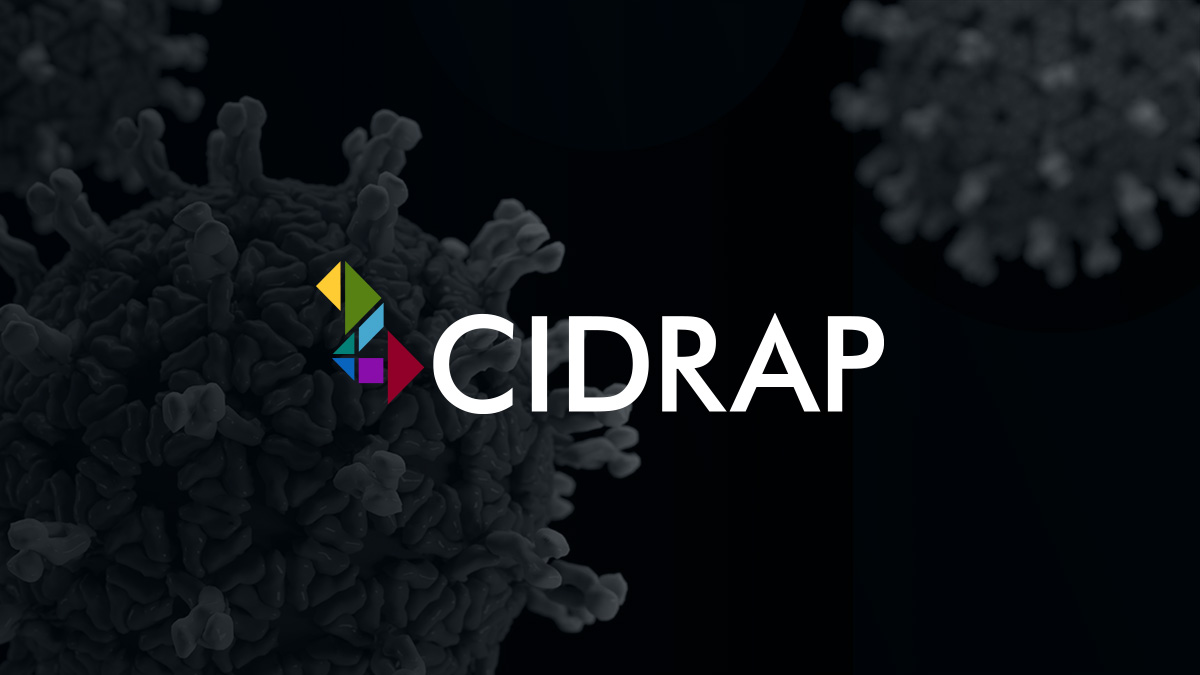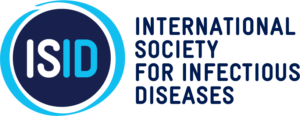The Lancet, Volume 381, Issue 9883, Page 2134, 15 June 2013
<Previous Article
doi:10.1016/S0140-6736(13)61135-6Cite or Link Using DOI
Human co-infection with novel avian influenza A H7N9 and influenza A H3N2 viruses in Jiangsu province, China
Yefei Zhu PhD a, Xian Qi PhD a, Lunbiao Cui a, Minghao Zhou PhD a, Prof Hua Wang MD a Corresponding AuthorEmail Address
In February, 2013, a novel avian influenza A H7N9 virus emerged in east China and quickly spread to other areas. 1?3 By May 27, 130 human infections had been confirmed, with 37 deaths. Transmission can occur through direct or close contact with poultry or through exposure to environments that are contaminated with poultry. No human-to-human transmission has been reported. Co-infection of viruses in human beings, birds, or other animals provides the possibility for the emergence of a new reassortan ...
<Previous Article
doi:10.1016/S0140-6736(13)61135-6Cite or Link Using DOI
Human co-infection with novel avian influenza A H7N9 and influenza A H3N2 viruses in Jiangsu province, China
Yefei Zhu PhD a, Xian Qi PhD a, Lunbiao Cui a, Minghao Zhou PhD a, Prof Hua Wang MD a Corresponding AuthorEmail Address
In February, 2013, a novel avian influenza A H7N9 virus emerged in east China and quickly spread to other areas. 1?3 By May 27, 130 human infections had been confirmed, with 37 deaths. Transmission can occur through direct or close contact with poultry or through exposure to environments that are contaminated with poultry. No human-to-human transmission has been reported. Co-infection of viruses in human beings, birds, or other animals provides the possibility for the emergence of a new reassortan ...



Comment